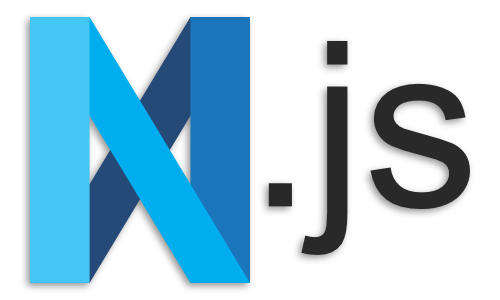Utilities for creating links 🔗.
Links are sort of middlewares, they allow us to control a request flow.
A link receives a request and pass it forward to the next link, unless it is a "terminating" link, in this case, the link does something of that request, for example sends it to the server.
A link returns an observable for the previous link to subscribe to.
The flow looks like:
request -> | LINK1 | -> | LINK2 | -> server |
response <- | | <- | | <- result <-|
Example:
A Link for logging how long it took to resolve the request, called logger
request -> logger creates start=Date.now() -> forward to next and subscribe -> request goes to server |
response <- logger does log(Date.now()-start) <- bubble the chain of handlers <- response from server <-|
There are 2 types of Links:
- stateless
- stateful
A little bit like a react component can be:
const myComponent: React.FunctionComponent = () => <p>Hello</p>;or
class MyComponent extends React.Component {
render() {
return <p>Hello</p>;
}
}A Link can be
const link: Link = (operation: Operation, forward: Link) => forward(operation);or
class MyLink extends StatefulLink {
request(operation: Operation, forward: NextLink) {
return forward(operation);
}
}setMethod link that sets the method of the request (GET, POST, etc...)
poll link that polls every x seconds
triggerFetch (terminal link)
concat concat 2 links together
pipe compose all links into 1
toLink transforms a stateless link into a stateful link
toPromise transform an observable into a promise




